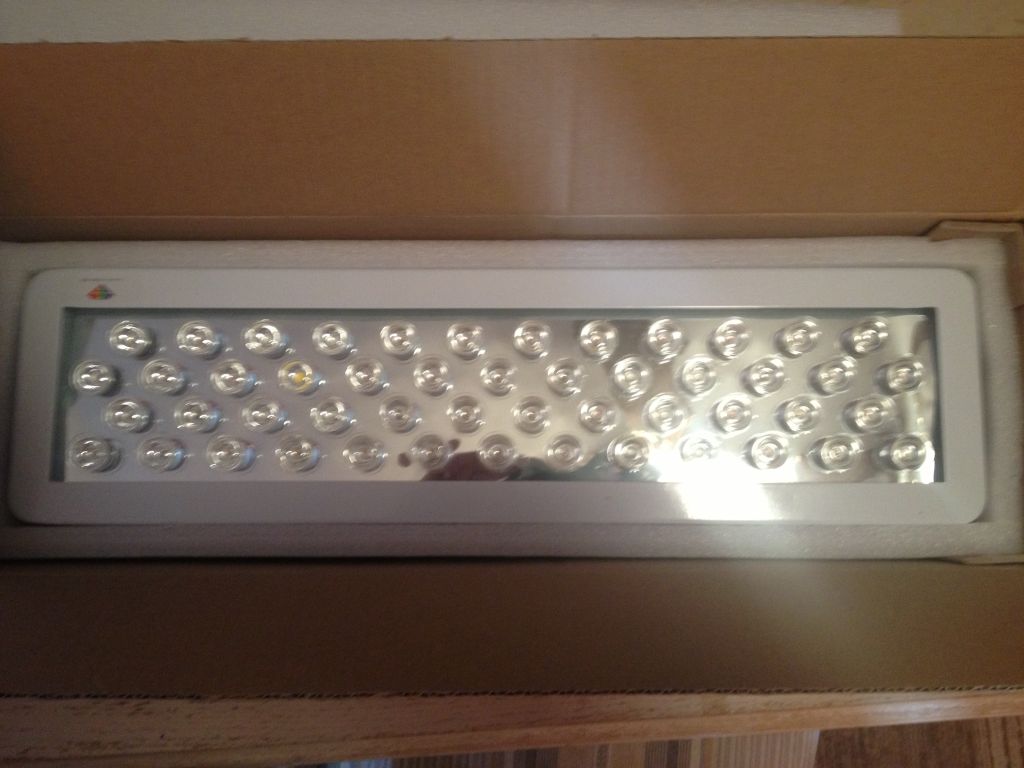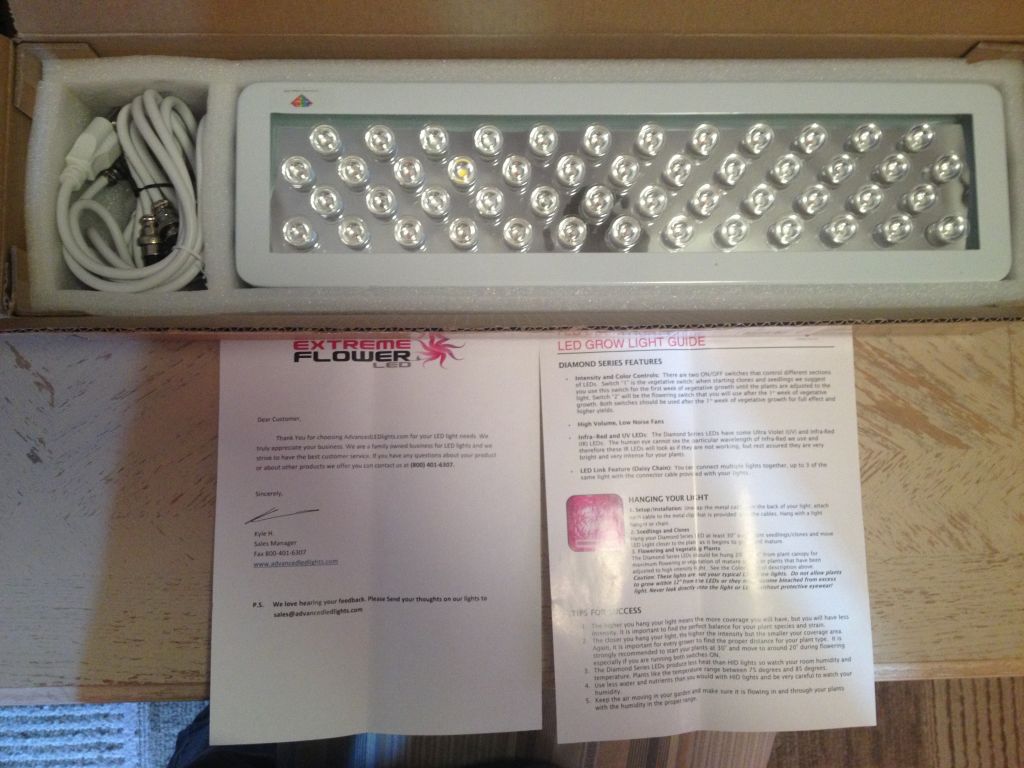Hosebomber
New Member
While the first link has some good articles, none of those mention anything of technical relevance. Neither link provides any mention of reef use or reef lighting.
The second link is simply poor propaganda filled with half truths and outright lies in some cases. I could go more in-depth on this if needed.
As for using a potentiometer for adjusting the reds and blues, it will not adjust the wavelength or spectral output of the led, it will simply reduce the current and or voltage applied. The overall wavelength of the LED can not be adjusted more than 7-12nm (depending on manufacturer and phosphorus used).
By all means, any horticulture LED light panel should have a large majority of diodes in the red spectrum. I have only seen one person (group?) say otherwise and he/they was attempting to use all white LEDs (that do produce in the red wavelengths as well) with some limited success. Some of those people added some 630 and 660nm reds and produced better results than the all white attempts.
The second link is simply poor propaganda filled with half truths and outright lies in some cases. I could go more in-depth on this if needed.
As for using a potentiometer for adjusting the reds and blues, it will not adjust the wavelength or spectral output of the led, it will simply reduce the current and or voltage applied. The overall wavelength of the LED can not be adjusted more than 7-12nm (depending on manufacturer and phosphorus used).
By all means, any horticulture LED light panel should have a large majority of diodes in the red spectrum. I have only seen one person (group?) say otherwise and he/they was attempting to use all white LEDs (that do produce in the red wavelengths as well) with some limited success. Some of those people added some 630 and 660nm reds and produced better results than the all white attempts.




 should have ordered on monday....or should have paid the 14 dollars and something cents to get it Fed Ex'd...oh well. It will be here on tuesday or wednesday. I'll give pics of everything in my Journal. Here's the link
should have ordered on monday....or should have paid the 14 dollars and something cents to get it Fed Ex'd...oh well. It will be here on tuesday or wednesday. I'll give pics of everything in my Journal. Here's the link 





